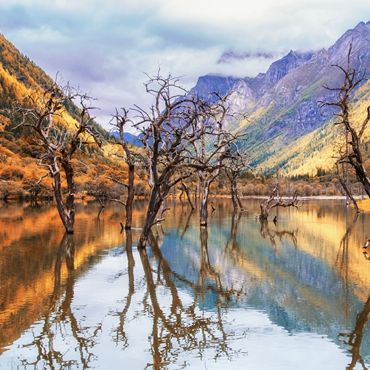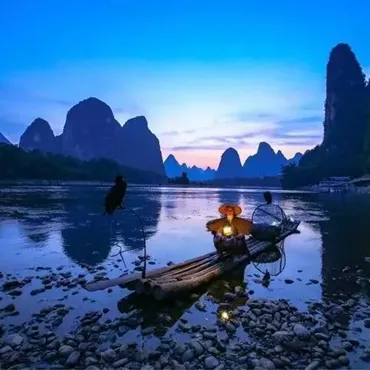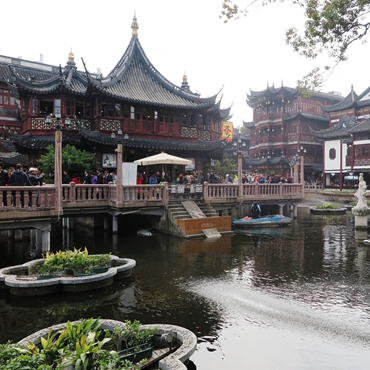Suoxi Valley
Suoxi Valley means "fog-laden village" in the Tujia dialect, and though certainly enveloped in mist, the name does not do justice to the beauty of the valley. The lowland covers an area of 150 sq km and is a mix of lakes, karst caves, ravines and forests. Geological changes and erosion have created many underground streams and vertical crevices, some of which are over 600 meters (1,970ft) deep.
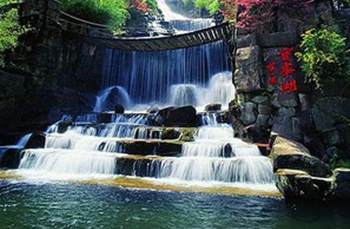
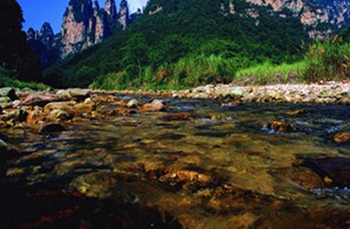
Suoxiyu marks the geological transition from sandstone to limestone and the mountains here are not as cragged as those in Zhangjiajie Park.
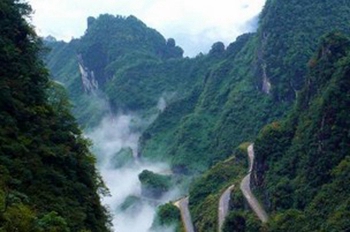
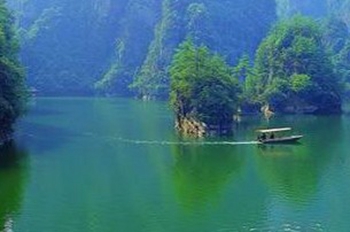
Unlike the solitary stone monoliths of Zhangjiajie, the mountains of Suoxiyu stretch out one after another, like an unfolding scroll of a Chinese painting. Besides the rock formations and beautiful rivers and streams, a distinct feature of Suoxiyu is its bridges and caves. Constructed on cliffs, the bridges are noted for their risky location. Most of them were built by hand of blocks of rocks chiseled to dovetail perfectly together. The limestone caves create fascinating underground palaces. Altogether there are 59 of them, many full of odd and unique shaped stalactites and stalagmites.

